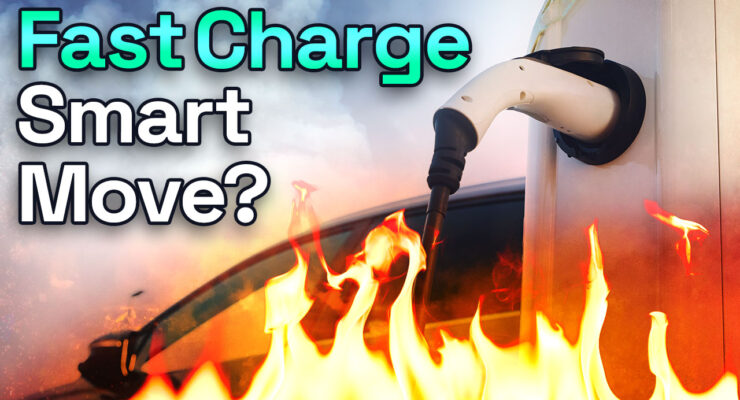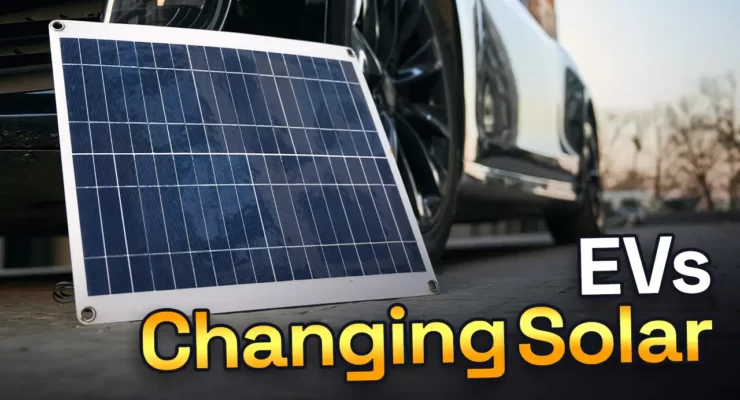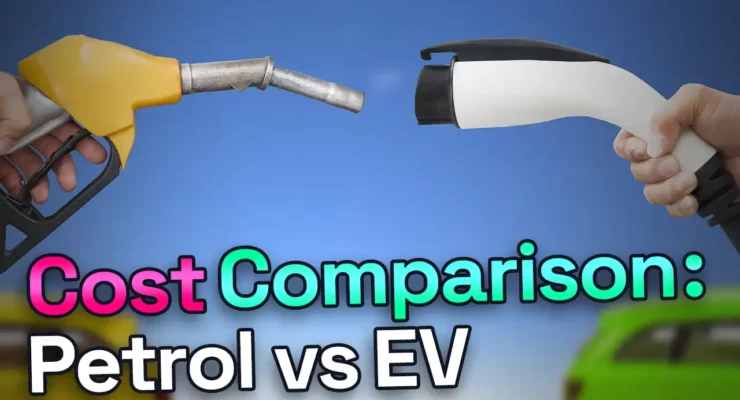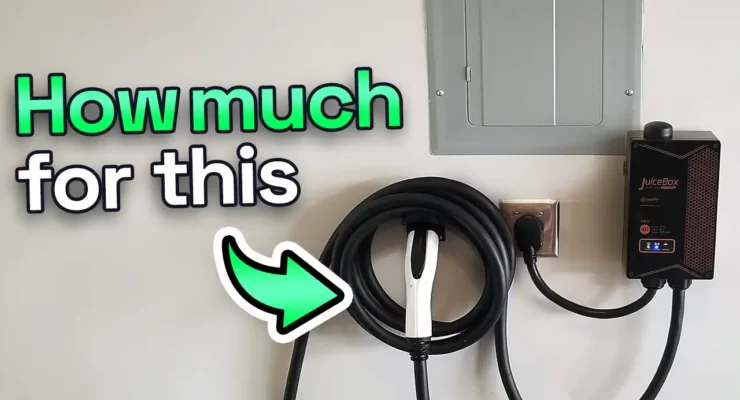
Fast read
In charging an electric vehicle, there are three modes to charging: the regular 240V wall outlet, AC EV charger (the home wall installed charger), and a DC fast charger often found in commercial charging locations.
A DC fast charger, otherwise known as a rapid charging station, is the quickest form of charging your electric vehicle can use, with the ability to set the majority of EVs to roughly 80% in 30-60 minutes.
While it is generally agreed that DC fast charging can cause the battery capacity to deteriorate more quickly, research suggests that this is more likely to be the case when it is the only source of charging used.
For most EV owners, DC fast charging is not their only charging source, and they should not be overly concerned about its effects on the battery. It is often recommended to try to minimize the usage of DC fast charging, but it can be used when needed.
Is DC fast charging bad for my electric vehicle battery?
Unlike going to the petrol station and filling your tank with petrol, electric vehicles require longer to be fully ready to drive again. The most efficient way to charge your electric vehicle is through DC fast charging. However, there is also a lot of talk about whether DC fast charging could cause damage to your EV’s main battery over time.
Before we explore whether this method should be used, let’s first explore the available methods.
The three main options for EV owners:
1) Ordinary 240V electricity wall outlets at your home;
2) An AC EV charger installed at your home to specifically charge the EV in a single or three-phase environment;
3) A DC fast charger can give you over 100km in an hour, with some modern charges being able to do 300 km or more in such a timeframe.

Naturally, using renewable energy at home via a solar and battery combo or an off-peak night tariff will mean the EV running cost will be significantly reduced.
The home wall socket
Using a wall outlet is the simplest but slowest EV charging method. The socket usually supplies 240V and gives you roughly 8 to 12 km of range per hour, as the charging method will use somewhere between 1.5 to 2 kW of recharge per hour.
Be aware that you do not bake the roast or boil your hot water on the same circuit, as otherwise, your circuits could overload. But any qualified electrician can advise you which ones are the best power points in the house to charge the car with.
If you use this type of charger overnight, you will get roughly 100km of range per day, which is more than enough for the average Australian worker to travel to and from work. However, if you plan a big trip, this may not be suitable for overnight usage.
The dedicated EV charging unit
This is where the second option comes into mind, giving you roughly 40 to 50km per hour. This requires extra installations in your house, with a 240-volt unit installed by a qualified electrician. There are single and three-phase options available. If you are lucky enough to have three phases, you can charge even faster than the single phase. This will allow you to charge your vehicle overnight to a full battery and a maximum range.

To install one of these units, allow a budget of $1700 -$2000. Given that they charge 4 to 10 times faster than a wall socket, meaning at least 4- to 50 km range an hour, for an EV which would start at $40,000 and more often cross the $100,000 barrier. My suggestion is to get a dedicated home plug-in socket, it’s worth it.
The DC fast charger in commercial settings
The 3rd option, which is on offer at commercial premises, is the DC fast charger. This uses 480 volts and can charge an EV up to roughly 80% capacity in 30-60 minutes. People usually use these chargers for long road trips when they may experience low battery life halfway through.
The main difference between this and the other two mentioned above is that this supplies DC power directly, whereas the others provide AC currents converted to DC.
The EV industry agrees that using DC fast charging increases the rate at which an EV’s battery capacity will deteriorate.
However, extensive research is also starting to suggest that this is more often the case when DC fast charging is the only source of power used.
Many EV owners have multiple sources of charging, so they should not worry too much about how DC fast charging will affect their battery.
In Summary
As an EV owner, you should try to minimise your usage of DC fast charging.
DC fast charging can be considered worse for your vehicle than the other two options when answering the question at hand. However, this is only with frequent and excessive usage that one should be concerned about.
Also, with the constant evolution of battery technology, we may see DC fast charging as the main method shortly, without any long-term battery life issues.


